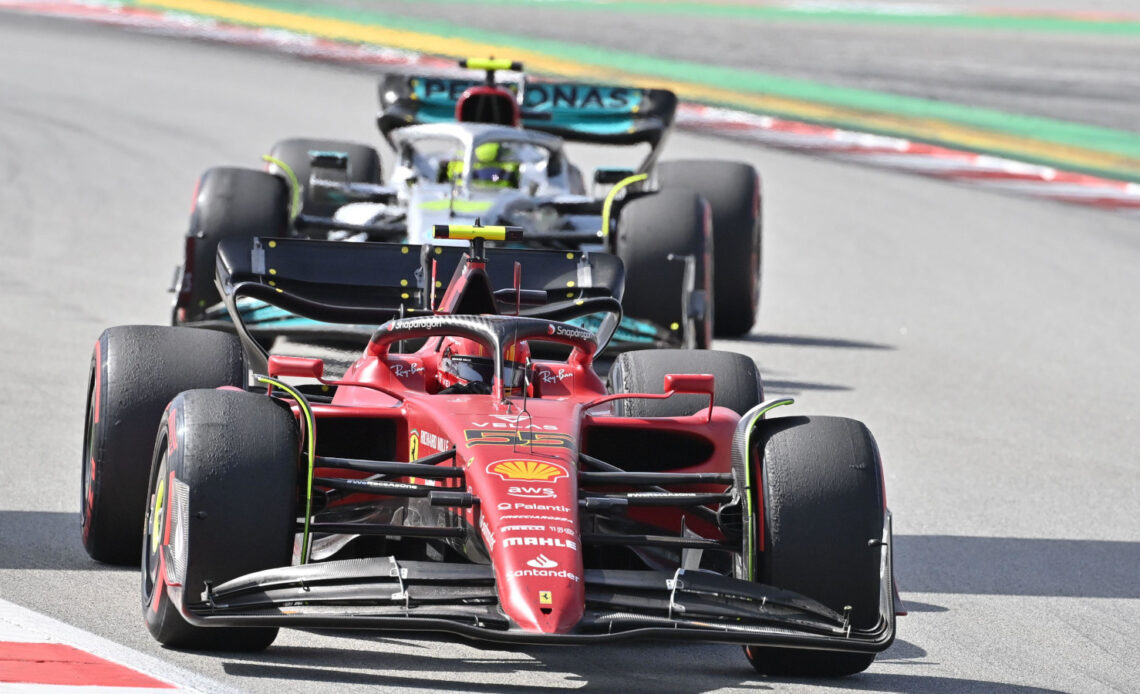Any team unable to run their car in what the FIA considers a “safe set-up” will have to raise the car’s ride height by “10mm” reports Auto Motor und Sport.
The FIA announced a new technical directive ahead of the Canadian Grand Prix weekend, one that is designed to minimise porpoising.
Motorsport’s governing body announced a two-step plan to protect the ‘immediate physical impact on the health of the drivers, a number of whom have reported back pain following recent events’.
The first step is ‘closer scrutiny of the planks and skids, both in terms of their design and the observed wear’ while the second will see a ‘metric, based on the car’s vertical acceleration, that will give a quantitative limit for acceptable level of vertical oscillations.’
Friday’s practices at each grand prix weekend will be used to determine the base line after which the FIA will set out each car’s path forward, with the teams unable to curb their porpoising forced to raise the ride height by 10 millimetres.
According to Auto Motor und Sport, under the first step the FIA will ‘study more closely’ the wear and tear of each individual car’s floor while the metric value for the ‘extent of the oscillations’ will be determined by the numbers produces in Friday’s two practice sessions.
🚨 Breaking news 🚨
The FIA is taking steps to address porpoising “in the interests of safety” for the drivers. #F1https://t.co/DbPvNKHxg2
— PlanetF1 (@Planet_F1) June 16, 2022
The signal for the ‘vertical acceleration during the up and down movements will be transmitted directly to the FIA control unit. In this way, the scrutineers can see at any time how hard the car hits the road at high speeds’.
It is, however, still being discussed how that will be evaluated, will it be the peak force or the average with the teams also in the dark as to what the FIA considers to be an acceptable number.
They will find out before FP3.
‘Teams then need to determine the oscillations over three consecutive laps with DRS disabled at race speed,’ the German publication added.
‘If there is a suspicion that the driver is deliberately driving slowly, the attempt is considered failed. The same applies when they close the gap on another car.’
Once the FIA have determined a ‘safe set-up’ for each car, the ‘ride height, spring rates and damper settings, aerodynamic configuration may no longer be changed’.
The teams, though, can request a set-up change…
Click Here to Read the Full Original Article at News – PlanetF1…

